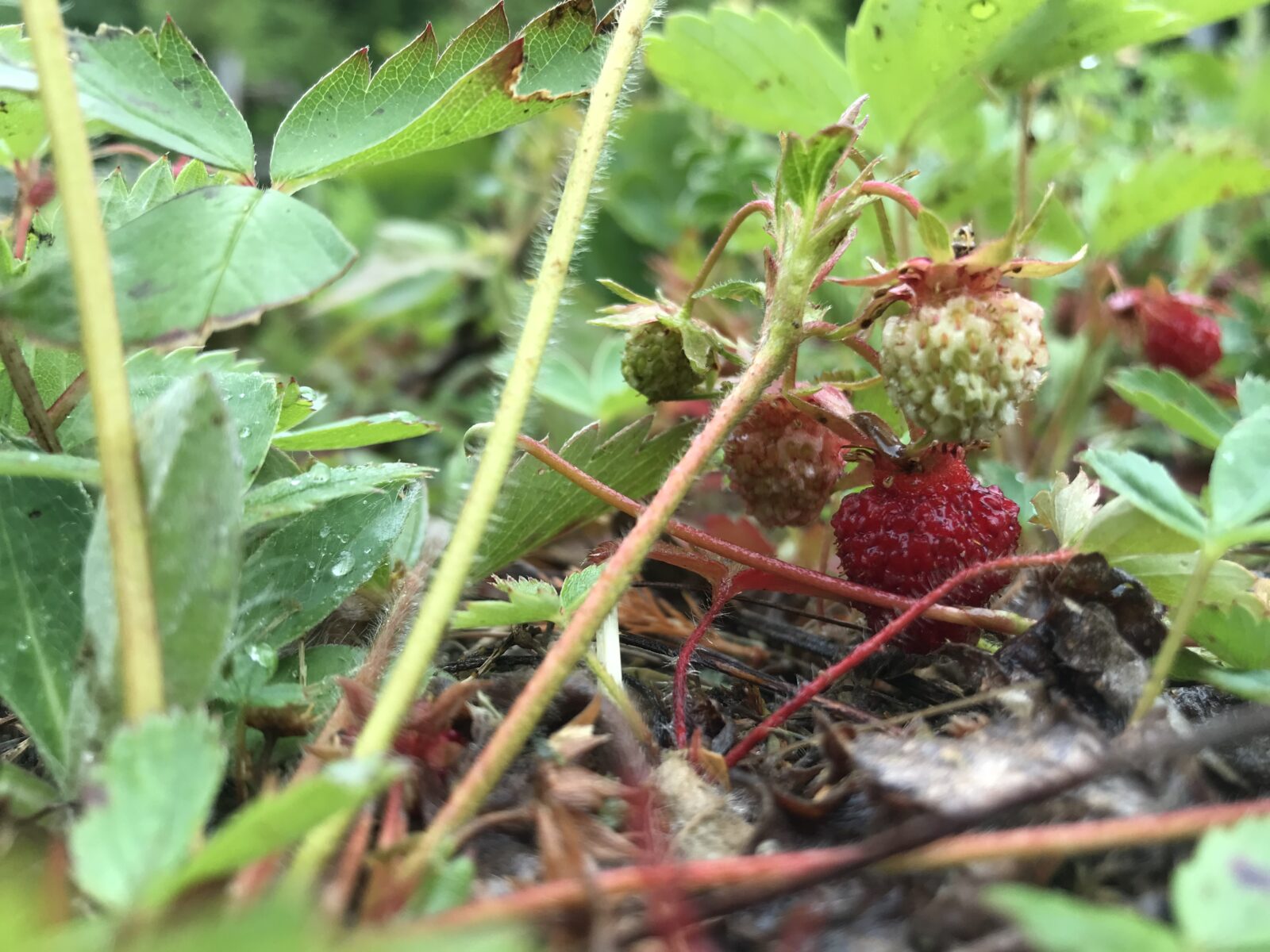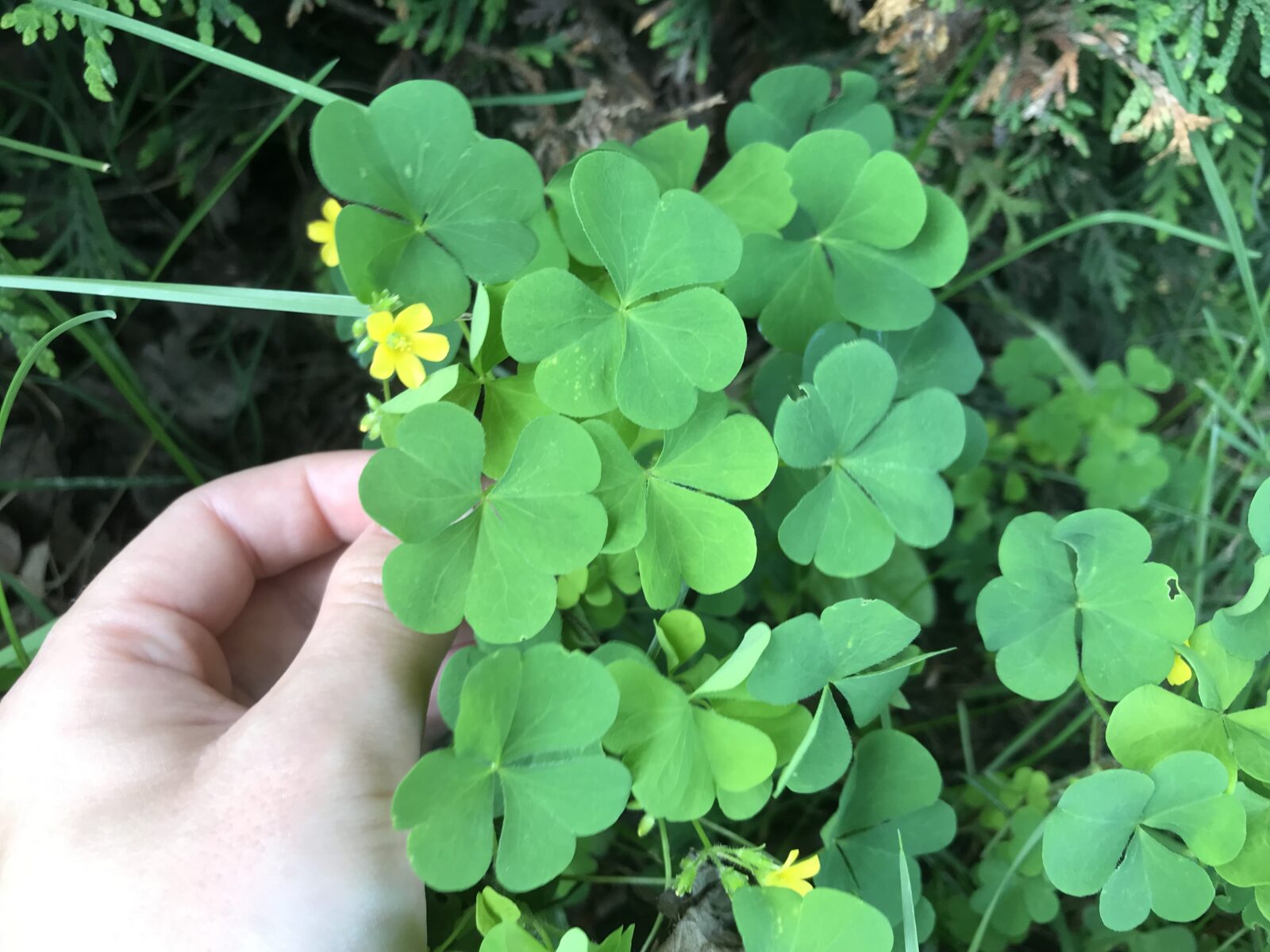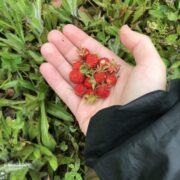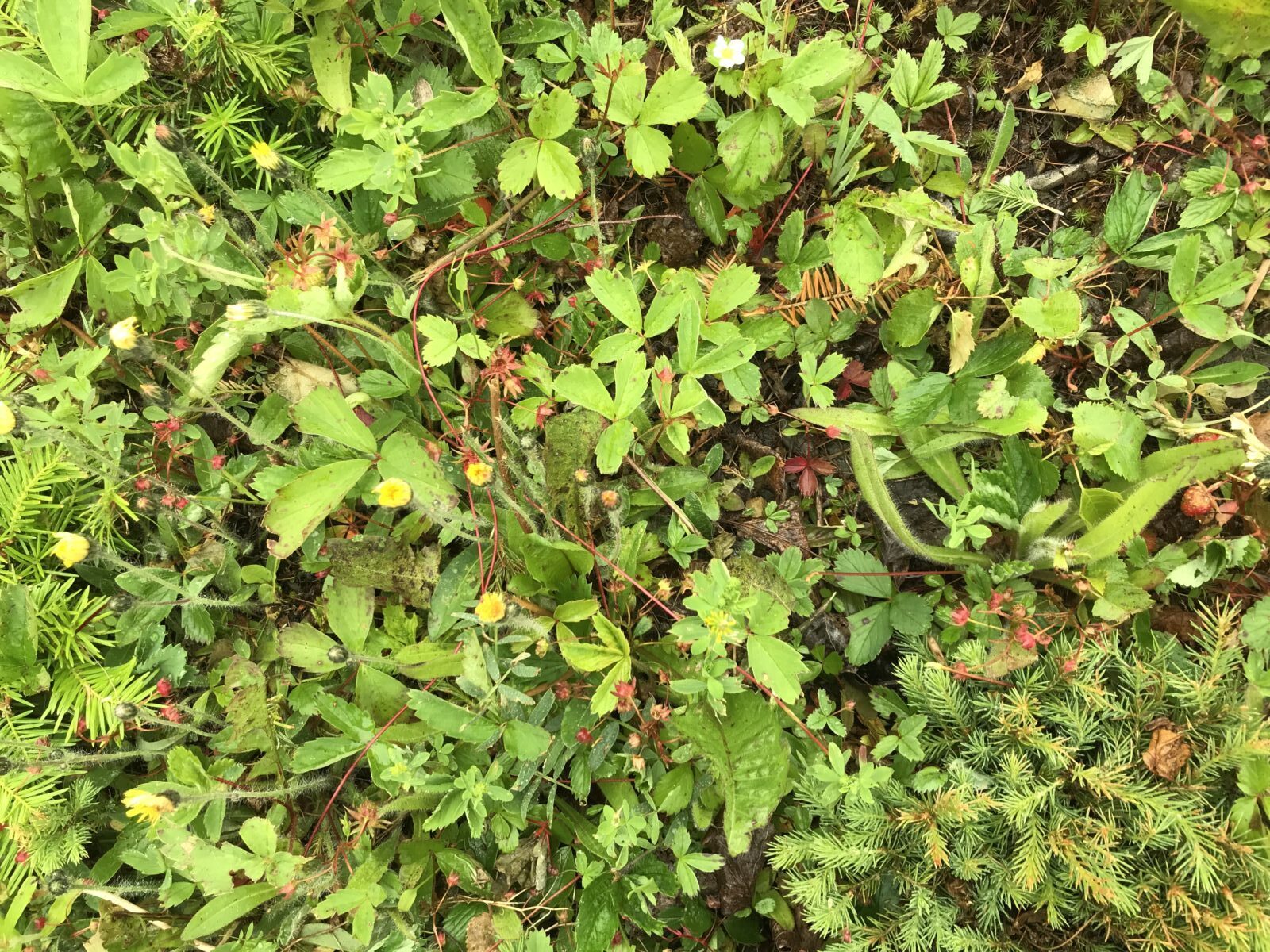TIPS AND TRICKS FOR PICKING AND EATING NATURE
We often forget that our first food source is nature. Before fields, arable and livestock farming, there were forests, plains, lakes and rivers. Even today, wilderness areas – and sometimes our own backyards – abound with edible produce! We only need to look around us with fresh eyes to realize the diversity of products that can be consumed in the forest or in nature, often close from home.
Pleasure and confidence, for a successful harvest
Before going any further, it’s important to address the issue of safety. In nature, there’s no such thing as “I think that’s safe, I’ll eat it…”, because at worst it could be a highly toxic plant or mushroom. We need to be absolutely certain of our discovery before consuming what’s in front of us. Taking an identification course and picking with a specialist is essential to ensure you pick the right plants.
Another important aspect is to always wash plants and mushrooms before eating them. Who knows whether an insect has laid its eggs on them or a deer has relieved itself on top of those strawberries!

Here, on the roadside, facing the mountain at the bottom of the river, you can pick wild strawberries. Later in the season, raspberries, mulberries, roses and Bunchberry will satisfy our taste buds.
What you can discover
Let’s get back to the pleasure of picking. It’s unimaginable how much variety you can harvest in a single outing. There are edible mushrooms like oyster mushrooms, fruits like wild strawberries, root vegetables like wild carrots, leaves like oxalis, flowers like roses… There’s something for everyone!
Several guides are available to help you identify edible plants native to our territory. Forêt: Identifier, cueillir, cuisiner by Gérard Le Gal and Ariane Paré-Le Gal is a good example. There are also several training courses available to learn more about these species, how to identify them in the field and how to cook them. Enough to make you want to go hiking right away.

In Estrie’s yard by example, you’ll find oxalis. The leaves have a tangy flavor that’s excellent for dressing salads, making pesto, or simply enjoying on their own!
Think of nature too
A key concept in ecosystem growth is sustainability. For a plant to grow, produce fruits, and grow again in the next cycle, the species must have enough individuals. When picking, we must think not only of ourselves, but for others and for the forest. If we pick and leave ¾ of the population, it won’t necessarily grow back ¾ the following year.
Some plants can take several years to produce fruit. This is the case with wild garlic, whose populations decline dangerously with harvesting, since they take 7-10 years before they can reproduce. Plus, life can be unpredictable. The smaller the population is, the more at risk it is from severe weather repercussions. So it’s better to pick less and have a known “spot” to return to each year than to pick everything once and come back empty-handed the following years.
Finally, discovering the edible plants that surround us can make us more tolerant of the presence of so-called bad weeds. For example, ground ivy, in the back yard, is actually a fine herb that’s fun to cook with. I wish you exceptional recipes, pleasant walks in nature and happy picking!




